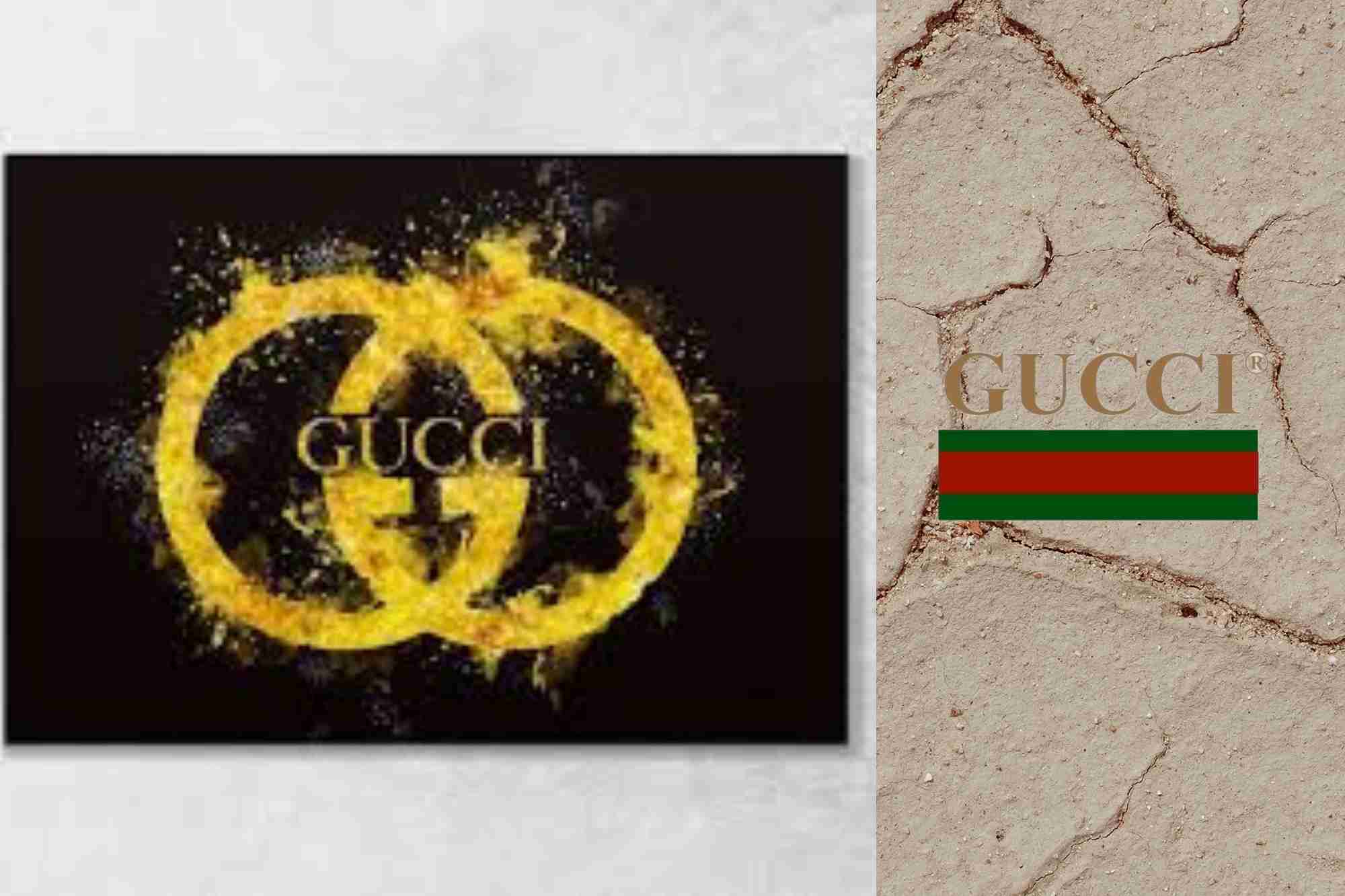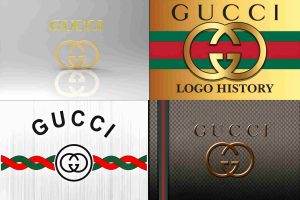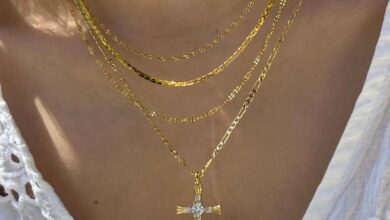Table of Contents
Introduction to the Gucci Brand:
Gucci, an illustrious Italian fashion brand, has solidified its global reputation for delivering high-quality clothing and accessories. The evolution of the Gucci logo reflects not just a symbol but a journey through design eras, showcasing the brand’s adaptability and commitment to staying at the forefront of the fashion industry.
Gucci’s Diverse Offerings:
It is a fashion brand founded by Guccio Gucci in 1921. However, the brand has seen various creative directors and leaders over the years who have contributed to its evolution and success. The array of Gucci’s offerings is extensive. With its headquarters in Milan and under the ownership of the French multinational Kering, Gucci’s influence extends even to home furnishings. Adding a layer of depth to its esteemed image, the brand is committed to sustainability and social responsibility.
Decoding the Gucci Logo:
The Gucci logos, a hallmark of the brand, may seem simple at first glance, but its significance lies in its association with authenticity and luxury. Comprising two interlocked G letters, the logo represents the founder’s name, Guccio Gucci. These letters embody qualities such as veracity, grandeur, authority, sophistication, and heritage, making the logo more than just a visual identity.
Pattern of Gucci logo:
The Gucci logo pattern features an iconic pattern of interlocked Gs, forming a visually distinctive and recognizable design. This interlocking pattern, representing the initials of the founder Guccio Gucci, is a symbol of luxury, craftsmanship, and timeless elegance in the fashion world.
Evolution of Gucci Logo Design:
1921: Just The Name On The Paper
The initial logo in 1923 was a straightforward representation, featuring the founder’s name with Guccio’s ‘G’ preceding the surname. While simple, this design laid the foundation for Gucci’s brand identity.
1923: A Hand-Lettering Stylish Logo
Recognizing the need for a more distinctive design, Gucci introduced a handwritten letters-style logo in 1923. This change brought a touch of style to the logo, aligning it with the classic look befitting a leader in fashion.
1934: The Hotel Porter Logo
In 1934, Gucci took a bold step with a logo featuring an elegant hotel porter carrying two suitcases. While unconventional and cluttered, this logo showcased the brand’s willingness to experiment with diverse design elements.
The 1960s: The Interlocking Gs Logo
The 1960s marked a significant transformation with the introduction of the interlocking Gs logo. Designed by Aldo Gucci, one of Guccio’s sons, this emblem became an industry symbol of luxury, craftsmanship, and timeless elegance.
1992: The Wordmark Plus Monogram Logo
In the early ’90s, Gucci retained the powerful interlocking G logo but repurposed it by placing it under the brand name. This combination logo added a new dimension, making the brand name more integral to the visual identity.
1998: Wordmark With Spaced Letters
A redesign in 1998 brought forth a wordmark with spaced letters, omitting the interlocking G underneath. This change provided a refreshing look while maintaining the brand’s distinctive identity.
2019 – Today: The Overlapping Gs Logo
The most recent iteration in 2019 featured an overlapping Gs design with right-oriented letters. This update showcased Gucci’s commitment to keeping the logo fresh and relevant in contemporary times.
Gucci Logo Design Elements:
Colors.
Gucci’s color palette, featuring the famous red, white, and green stripes reflecting the Italian flag, is a hallmark of its brand identity. These colors are prominently displayed on Gucci bags, shoes, and leather goods.
Font.
The Granjon Roman font is used for the interlocking Gs on Gucci’s badge. This choice of font exudes a classic, clean, and contemporary appearance, aligning with the brand’s image.
Shape.
The distinctive shape of the Gucci logo comprises two intertwined capital ‘Gs,’ resembling interlocking circles or a chain link. This shape, at times symbolizing a jewelry chain, is not rigid but adapts to the company’s needs, showcasing symbolic expressions of luxury and leadership in the industry.
Wrapping Up:
Gucci’s logo has undergone a fascinating evolution, transitioning from a humble design in 1921 to a sophisticated combination of wordmark and Gs monogram in contemporary times. This journey reflects the brand’s ability to adapt its visual identity while retaining core elements, making the logo a classic and timeless design. This brand is the first choice of customers but on the other side, it is expensive.
Please explore our site for more exciting content if you liked dis article.







